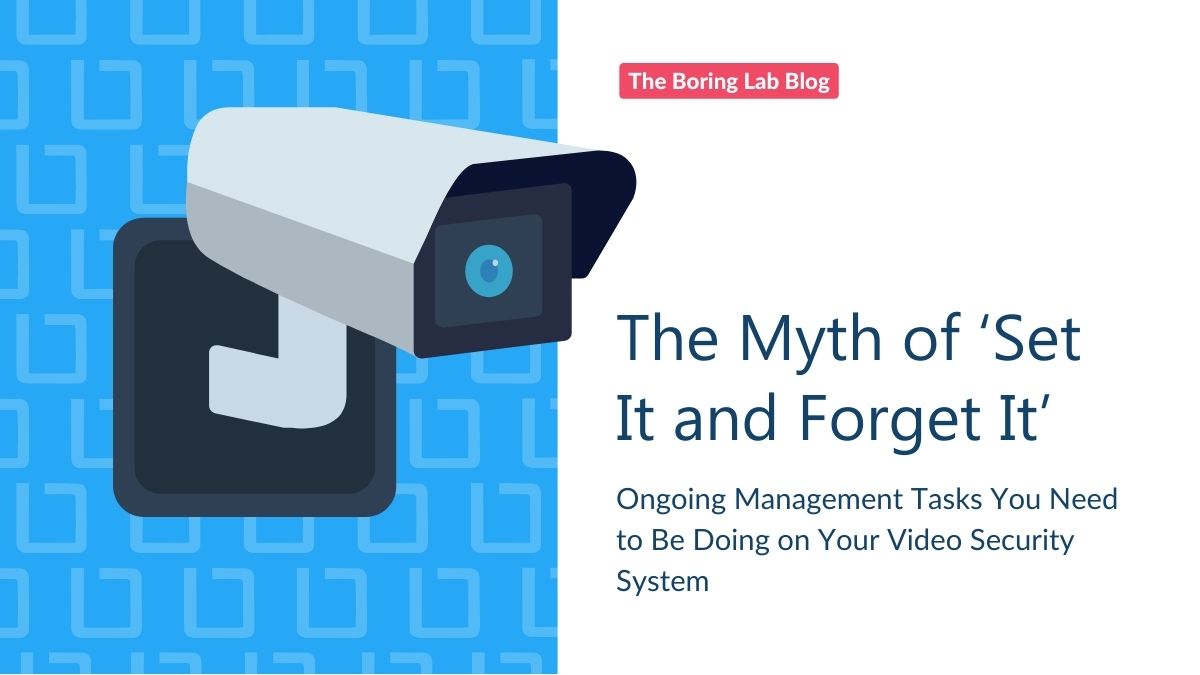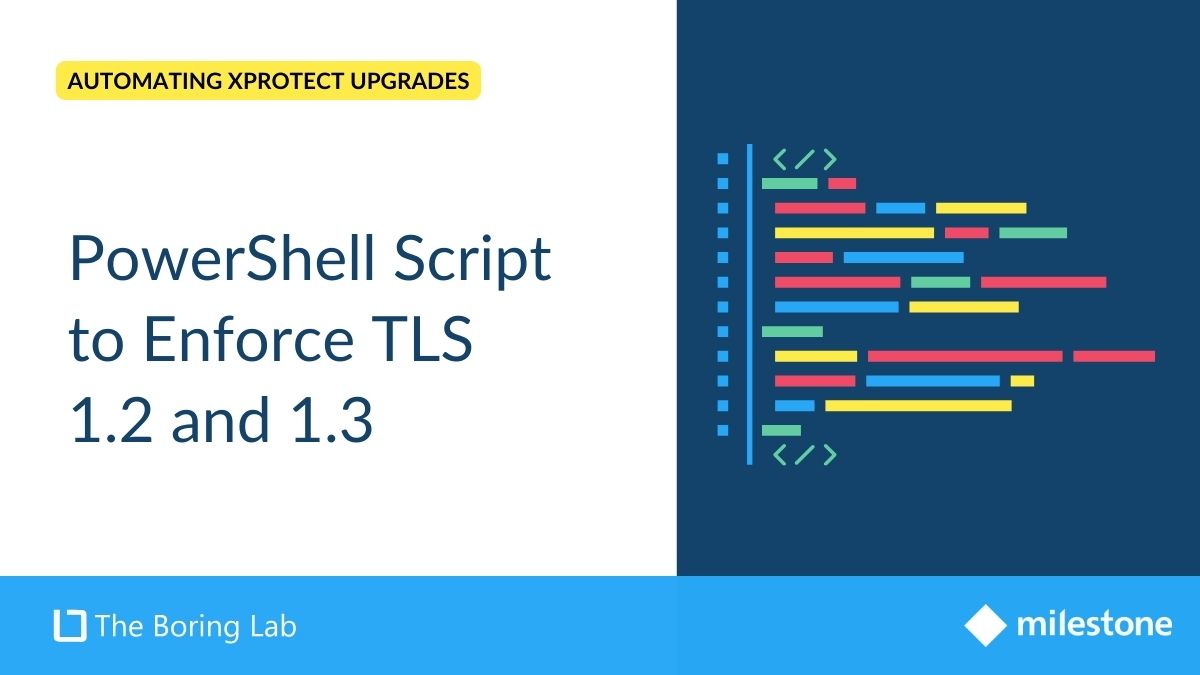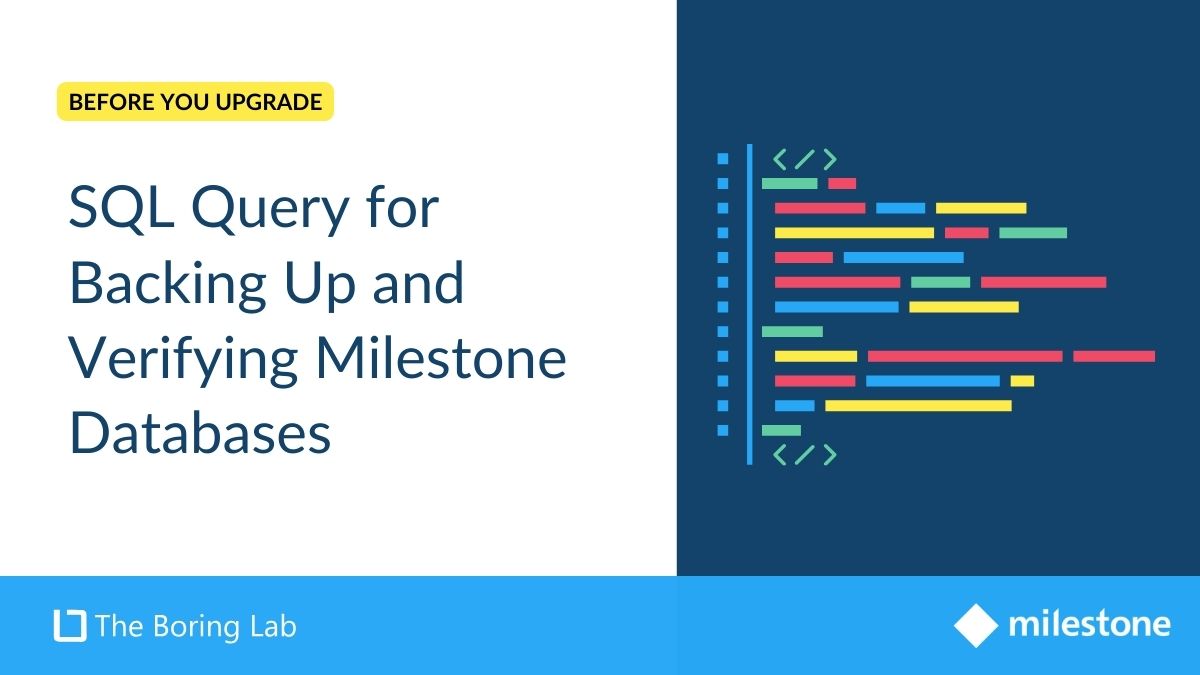
Managing a video surveillance system is not set it and forget it. In this blog we cover the importance of…
Learn about the benefits and challenges of building an MSP business in video security and get practical advice to help you make the transition from a security integrators to a managed service provider.
John and Ronen cover the differences between the MSP and traditional break fix service models. The managed service business model is described as a monthly recurring service that includes people, tools, and processes, while the traditional model is described as having a spiky nature, difficulty in scaling, and lack of customer loyalty. The benefits of the MSP model include predictable income, scalability, and building customer loyalty. The challenges of transitioning to an MSP model are discussed, including staffing and the importance of a well-defined service catalog. The video ends with encouragement to explore the MSP model and a preview of the next episode.
0:07 All right. Welcome to episode two of MSPs for security integrators. My name is Ronen Isaac, co founder of the boring lab and an upcoming MSP called continental computers.
0:22 And with me today again is John Minox with bright Leo. Hey, John. Hey, Ronen, great to be here. I see your wife, trust you in a plot shirt today too.
0:31 I don’t know what I do that or to be honest with you. We’re looking good today. Absolutely. So in last episode, we talked just in general about what an MSP is, what the MSP business model looks like, how it compares with The traditional break fix business model, but in today’s discussion, we’ll do a little bit of a deep dive into what the MSP business model looks like, how it differs from a traditional break fix or project based business model.
1:02 And what are the benefits and absolutely what are the challenges of the MSP business model. Perfect. So John, can you share with us just a brief overview of what we discussed last time, which was what is an MSP?
1:19 And we’ll go from there. Absolutely. I think you know, an MSP is really a monthly reoccurring service. You’re building your customers monthly and in exchange you’re delivering a service level agreement and a set of commitments where you’re going to be monitoring, managing and maintain.
1:36 Meaning a set of their security or IT infrastructure. And it really is sort of a alternative to project based or, or fixed fee based work.
1:47 And the core components of an MSP. If you had to, if you had to pull it out for us. Yeah, I would say you’ve got your people.
1:55 So, you know, your smart technical engineers that are going to be supporting your customers. You’ve got your tools. Typically these are going to be a ticketing and alerting systems.
2:06 That you’re going to use to to manage your customers. And then you’ve got your processes most importantly being your service catalog.
2:14 So kind of a well defined service catalog that outlines exactly what the offering includes. That’s perfect. So Let’s let’s go into the traditional service model with break, fix and project based.
2:32 Can you share some of the challenges with that traditional service model? Yeah, so I think the biggest challenge with a break fix fix service model is, you’re typically either too busy or too slow.
2:45 So it’s hard to get your staffing well aligned. I think a lot of times you’ll have a big influx of projects and everyone will be slammed.
2:54 And you’ll have weeks or or quarters where it’s just not busy enough and it’s hard to find stuff for people to do.
3:01 I don’t know if you found that in your own business running, but that’s always what I found. I absolutely found that in our own business.
3:08 The spiky nature of the traditional break fix is is a challenge. And I think it makes it difficult for the business to scale.
3:17 You know, you want to be able to build a business that’s scalable and repeatable. And that great fixed nature of the business is is just very, very lumpy.
3:27 The last thing maybe that that’s slightly challenging is that because you don’t have a contract with these customers. Lack of customer loyalty.
3:36 Have you found that as being an issue when you’re just really selling them things instead of. To the embedding yourself in their business.
3:45 I think that’s 100% true. It’s difficult to build a long term customer relationship. And I think it’s also difficult to set expectations because even though you don’t have a defined agreement with the customer in a break fixed model, customers typically expect that when you call.
4:00 But I think we’re all, you’ll be available to help them right away. And as business owners, we know that we’re not staff for that.
4:07 And, you know, we’re also, we also haven’t committed to that and the customer’s not paying for it. But the customer typically expects to get it.
4:13 Whether they’re paying for it or not. That’s a good point. I didn’t think about that, but that’s absolutely true. So, so taking those considerations or challenges and to mind, how does that miss p business model fix those?
4:27 So with a bit with an MSP business model, you’ve got a very good clear set of expectations between you and the customer as what’s going to be delivered on a monthly basis.
4:37 And then you’re going to get paid monthly for that service. And as you build your practice, you should be able to predict with, you know, fairly regular certainty.
4:46 How many hours each agreement. Is going to consume in some months, an agreement is going to be more costly than other months.
4:54 And that’s just sort of the nature of the business. But you should be able to predict the number of engineering hours you need to support your practice.
5:01 And you’re paying for those engineering hours every month through the customers monthly service fee. So it allows you to build a business that’s less spiky, more scalable and ultimately more valuable as well because a MSP business is much more valuable
5:18 if you were to sell your business than is a fixed fee or professional services practice. That’s a good point. I didn’t think about the the building value and then actually exiting the business if that is your desire as you build your MSP practice.
5:37 The one thing that that it also does is it is it does build that loyalty with the customer, right? And, and they’ll always think of you first when it comes time to grow and scale their own business.
5:50 So that’s always something that I found has been very beneficial for the company that come, the companies that we contracted with.
5:59 No, that’s absolutely true because you’re working with them every day. Your engineers are touching their environment all the time. There’s a lot of upsell opportunities and it’s just a very sticky engagement indeed.
6:09 So we talked about the good things about transitioning into an MSB, but there’s definitely some challenges that I want to be sure to put out there.
6:17 It’s not all roses. So John, you’ve successfully done this transition with your previous business. Tell us some of the challenges that.
6:25 And you guys have faced potentially how you got around. So I would say the biggest challenge you’re going to see is staffing.
6:31 You know, your, your, your employees today are probably not expected to be responding to tickets 24/7 and sort of making that transition with some of your, you know, current employees is challenging.
6:43 A lot of times you’re going to need to bring in new folks that have sort of a different expectation as to how the customers are going to be supported in order to be successful.
6:53 So I would say, making sure that you’re going to be able to be able to make sure that you’re getting that initial jump, especially when you don’t have customers or you have one or two customers being able to staff for those 24 seven customer expectations as a challenge.
7:06 So I would put that at the top of the list. I would also say, you know, having a well defined service catalog and this This really just takes discipline by you as the business owner on the front end.
7:16 It’s critically important because we all want to say yes to the customer. We want to get new customers and we’re excited about our managed services business.
7:24 But if you take a bunch of one offs that are in your managed services space and you combine them together, you basically eliminated your ability to scale and one of the primary benefits is the scalability.
7:34 And if you have 25 one offs and everyone’s supporting someone slightly different, it really becomes a headache. So I think defining that service catalog.
7:43 And being disciplined as to, you know, how you sell customers is very important. One of the other things that that I found was challenging was we actually had to step back and start denying business for us a period of time.
8:00 We call that our bill. We’re going to provide the service and what are our processes moving forward. And that’s maybe not something that everybody wants to do.
8:13 You can, you have to continue to accept a level of project business. But at the same time, you know, reserve enough of your capacity to actually build the MSP practice.
8:31 And we basically accepted, hey, this year the business is probably not going to grow. But we’re going to put in place some awesome tools and some great business processes.
8:41 And we’re going to start building out a really scalable MSP business model. And ultimately that allowed us to sell our business for a much greater value than.
8:49 We have had we not taken that pause. So you do have to accept a little bit of pain on the front end to build your MSP business model, but it’s definitely worth it, you know, financially in the long run.
8:59 Perfect. So we, we talked about we talked about traditional business model. We talked about the challenges of the traditional business model, how the MSP business model kind of fixes those challenges or helps you get around those challenges with the traditional business model.
9:17 And some of the challenges with making that transition. But we do hope that, you know, this episode has encouraged some of our listeners or watchers in this case to actually explore the MSP business model, look into how they might start to make that transition and how it could benefit them and their
9:38 . Customers and hopefully their staff. So thank you, John. For, for, for, for spending episode two with me and I look forward to doing this again.
9:47 All right. Well, we’re in tuxedos for episode three running. You got it, man. I got my white tuxedo and ruffle shirt ready ready.
9:53 I’ll be there. I’ll be there. Let’s do it. All right, buddy. See ya. All right. Thank you. Thanks. Bye.
If you enjoyed this blog and the ones we recommended in it, consider signing up for our [NOT] Boring Newsletter.
You’ll receive one monthly email with helpful tips for managing your VMS (without the jargon), a dad joke, some trivia, and a few other things to keep you from being bored at work. We’ll never spam you.

Your go-to XProtect eXPerts. We learn the technical stuff that will save you time and make it less boring.

Your go-to XProtect eXPerts. We learn the technical stuff that will save you time and make it less boring.

Managing a video surveillance system is not set it and forget it. In this blog we cover the importance of…

Learn how to use a PowerShell script to enforce TLS 1.2 and 1.3 on your IIS servers, improving security by…

Streamline your Milestone XProtect upgrades by using a SQL script to automate the backup and verification of your databases, ensuring…
Subscribe to get a monthly dose of security & surveillance industry news and insights, Milestone VMS time-saving tricks, tips for hacking your way out of boring work sent directly to your inbox!